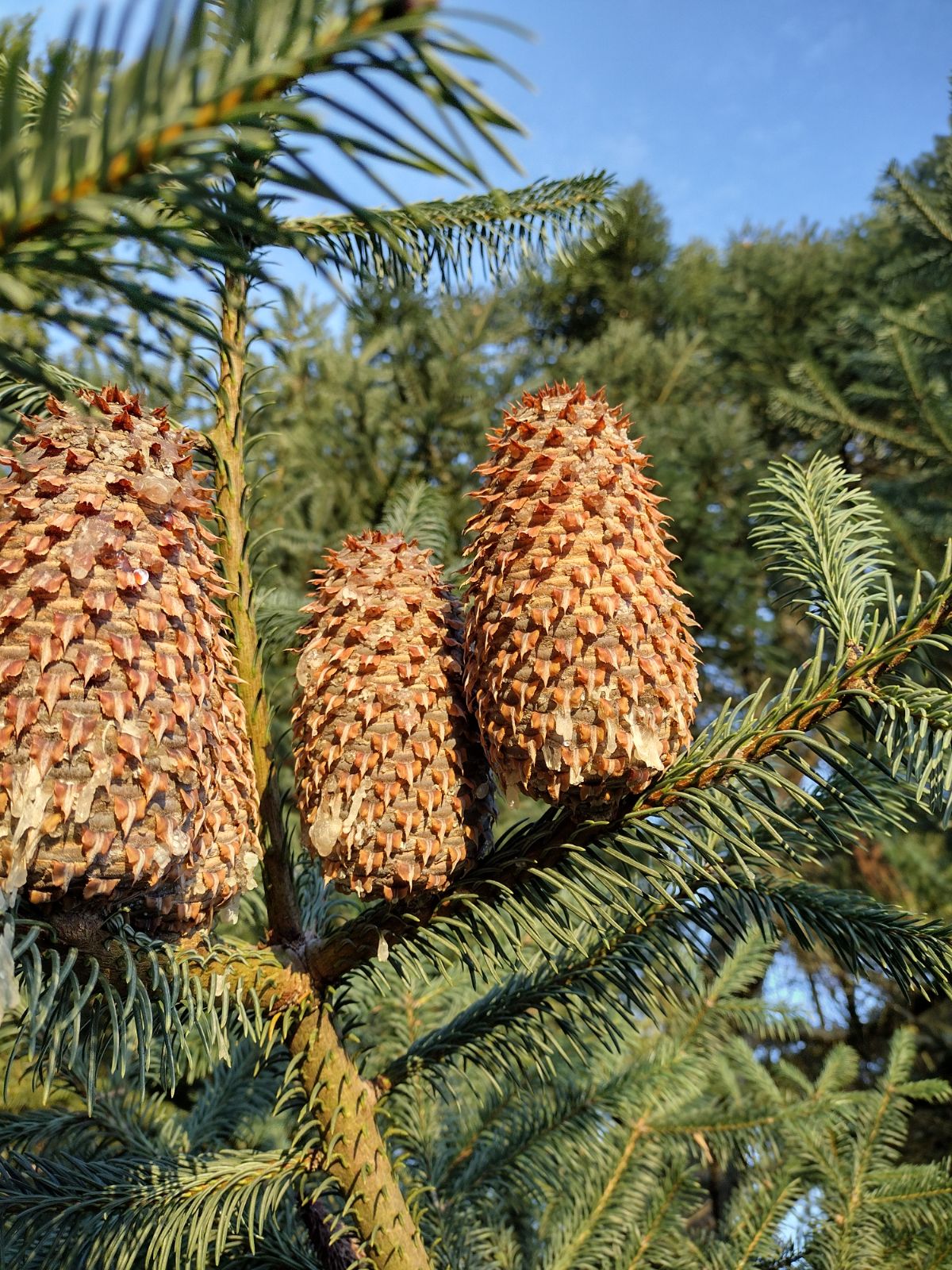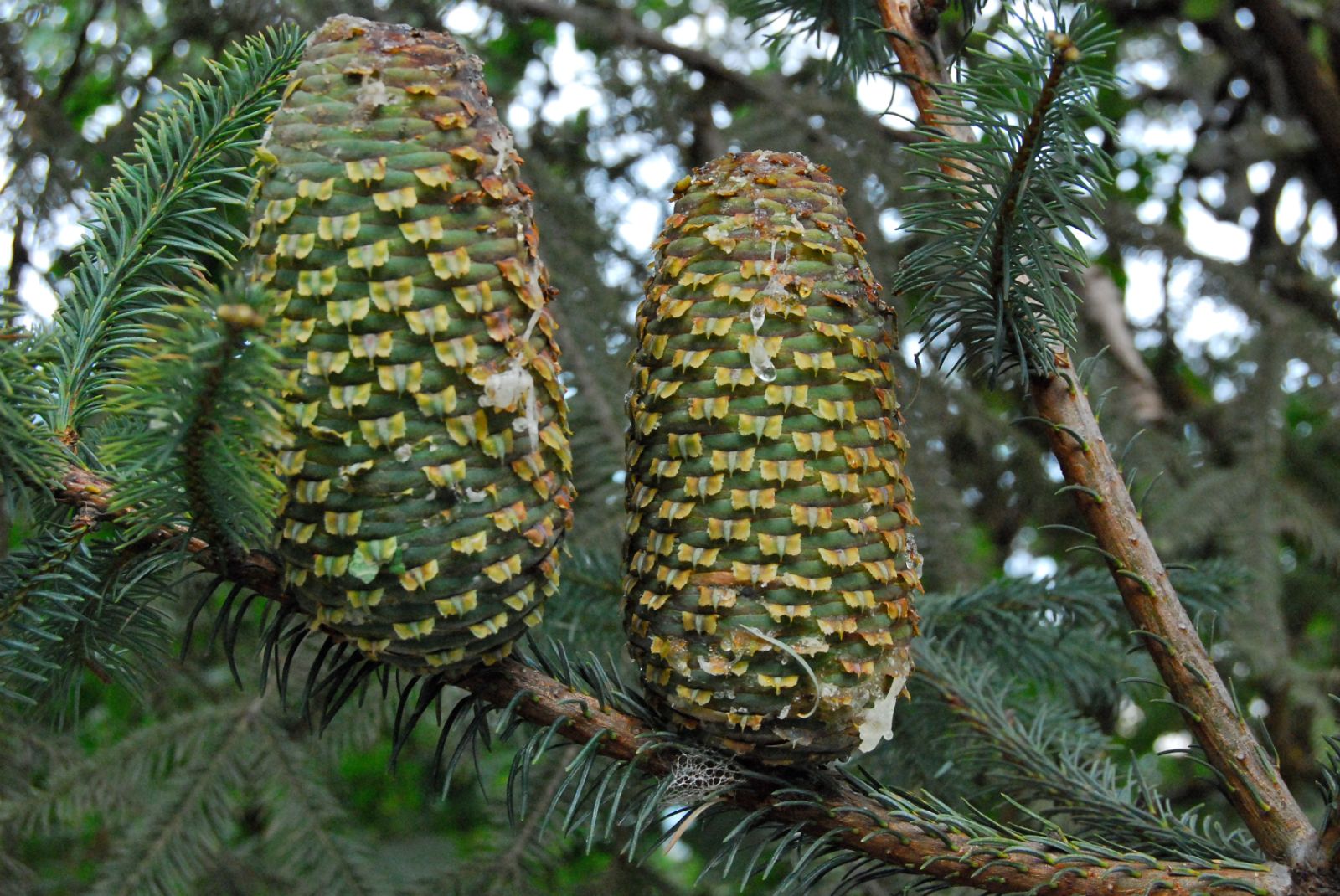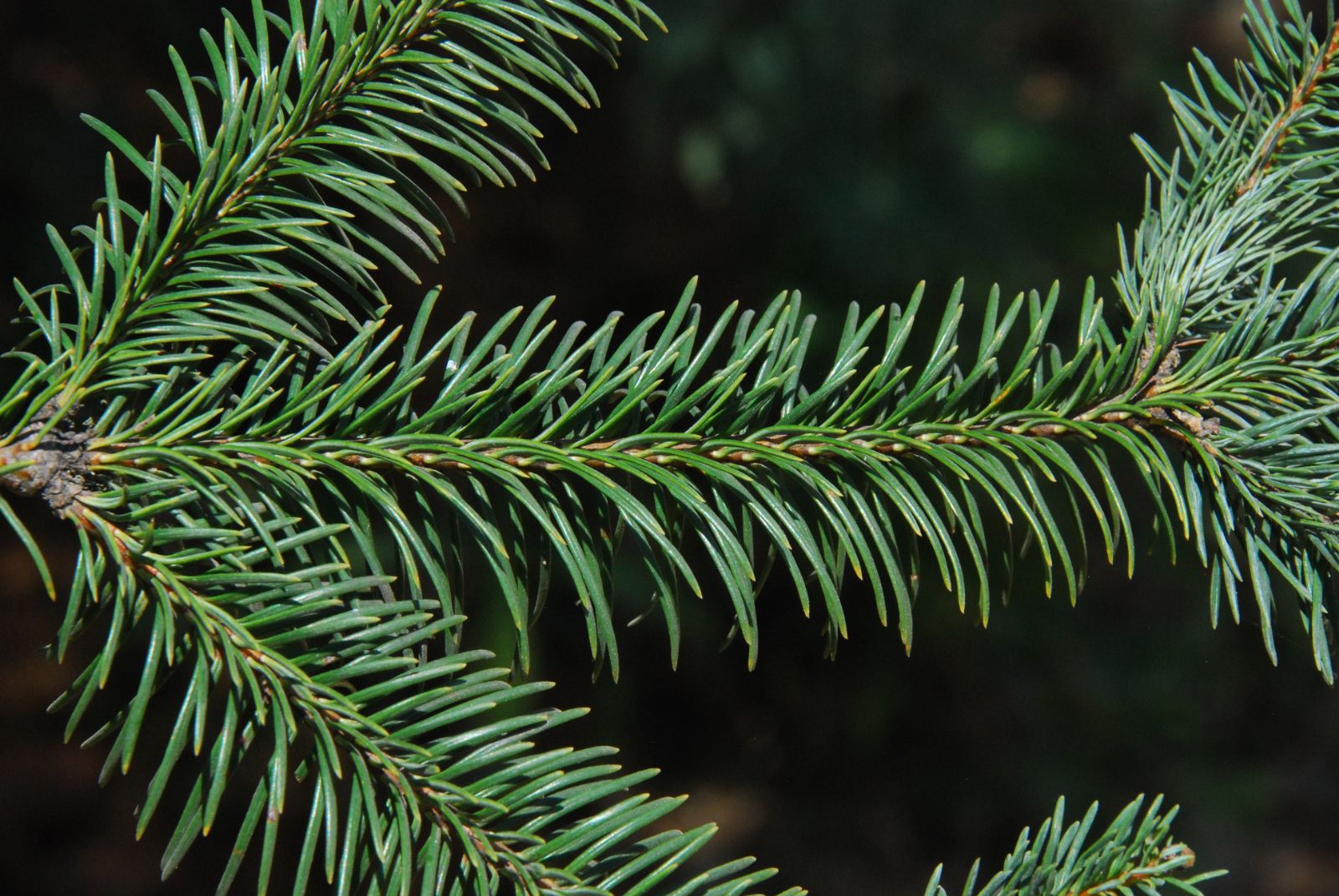Abies colimensis
Sponsor
Kindly sponsored by
Sir Henry Angest
Credits
Tom Christian (2021)
Recommended citation
Christian, T. (2021), 'Abies colimensis' from the website Trees and Shrubs Online (treesandshrubsonline.
Genus
Common Names
- Colima Fir
Synonyms
- Abies religiosa var. colimensis (Rushforth & Narave) Silba
- Abies religiosa subsp. colimensis (Rushforth & Narave) Silba
Other taxa in genus
- Abies alba
- Abies amabilis
- Abies × arnoldiana
- Abies balsamea
- Abies beshanzuensis
- Abies borisii-regis
- Abies bracteata
- Abies cephalonica
- Abies × chengii
- Abies chensiensis
- Abies cilicica
- Abies concolor
- Abies delavayi
- Abies densa
- Abies durangensis
- Abies ernestii
- Abies fabri
- Abies fanjingshanensis
- Abies fansipanensis
- Abies fargesii
- Abies ferreana
- Abies firma
- Abies flinckii
- Abies fordei
- Abies forrestii
- Abies forrestii agg. × homolepis
- Abies fraseri
- Abies gamblei
- Abies georgei
- Abies gracilis
- Abies grandis
- Abies guatemalensis
- Abies hickelii
- Abies holophylla
- Abies homolepis
- Abies in Mexico and Mesoamerica
- Abies in the Sino-Himalaya
- Abies × insignis
- Abies kawakamii
- Abies koreana
- Abies koreana Hybrids
- Abies lasiocarpa
- Abies magnifica
- Abies mariesii
- Abies nebrodensis
- Abies nephrolepis
- Abies nordmanniana
- Abies nukiangensis
- Abies numidica
- Abies pindrow
- Abies pinsapo
- Abies procera
- Abies recurvata
- Abies religiosa
- Abies sachalinensis
- Abies salouenensis
- Abies sibirica
- Abies spectabilis
- Abies squamata
- Abies × umbellata
- Abies veitchii
- Abies vejarii
- Abies × vilmorinii
- Abies yuanbaoshanensis
- Abies ziyuanensis
Tree 15–30 m tall, to 1 m dbh. Crown conical, columnar and round-topped in older trees. Bark of young trees smooth, silvery grey, fissuring and cracking into small reddish-brown or grey plates with age. First order branches relatively short, slender, horizontal, the tips upswept. Branchlets slender, firm, olive-green at first, ripening to (dark) reddish-brown, glabrous or with hairs in grooves on weak shoots. Vegetative buds small, globose-conical, 2–3 × 2–4 mm, with a dense covering of whitish resin. Leaves on sterile shoots strongly pectinate beneath shoots, 2–4(–5) cm × 1.5–2 mm, base adpressed, blades slightly tapering toward the apex, apex acute or obtuse, glaucous or pruinose green above, with two bluish-white stomatal bands below; upper surface grooved, sometimes with a few broken bands of stomata (leaves on fertile shoots not obviously grooved, and more stomatiferous above). Seed cones sessile, ovoid-oblong or barrel shaped with a blunt apex, 11–16 × 5.5–8 cm, green at first, soon yellow-green to pruinose- or bluish-green during development, ripening to bluish- or pruinose- or grey-brown; seed scales flabellate to cyanthiform, 3–3.2 × 3.3–3.8 cm at midcone; bracts prominently exserted and reflexed, yellow-green or pale green during cone development, pale brown at maturity, the apex obtuse with a short triangular cusp. (Rushforth 1989; Vázquez-García et al. 2014).
Distribution Mexico Jalisco, in the Nevada de Colima
Habitat North and northeast facing mountain slopes at 2350–3150 m asl. At its lower altitudinal limit it occurs with Abies flinckii, Arbutus xalapensis, Pinus pseudostrobus, and species of Quercus and Ceanothus. Toward its upper altitudinal limit it begins to associate with Pinus hartwegii, together with Penstemon, Ribes, Salix, and Prunus species.
USDA Hardiness Zone 7-8
RHS Hardiness Rating H5
Conservation status Not evaluated (NE)
Herbarium sheets from the Nevada de Colima first aroused Keith Rushforth’s suspicions that the firs there represented hitherto undescribed entities. During an expedition to the region in 1984 further collections were made that supported this theory, and in 1989 Rushforth & Narave named Abies colimensis and A. flinckii (Rushforth 1989). Although some doubts have been expressed over the legitimacy of both, there is at least a growing body of evidence in support of the latter (e.g. Vázquez-García et al. (2014)) but A. colimensis remains, more often than not, consigned to the synonymy of A. religiosa. Rushforth (1989) acknowledges affinity with A. religiosa and placed A. colimensis in the same section, Section Oiamel, but justifies distinction at species rank based on a suite of characters, most significant of which are the seed cones with strongly exserted and reflexed yellowish or yellow-green bract scales, obscuring approximately two thirds of the greenish cone surface, quite unlike those forms of A. religiosa known thus far. Together with details of the rachis, leaf arrangement, and bark, the extent and nature of the bract exsertion also suggests some similarity with Section Nobilis (A. procera and A. magnifica) (Rushforth 1989). Debreczy & Rácz, not known for any ‘lumping’ tendancies, are among those who consider A. colimensis ‘just a form of A. religiosa’ (Debreczy & Rácz 2011) but the complex to which all these names belong requires further investigation. Colima Fir is represented in a handful of collections in southern England under KR 647, and in several others from material distributed by PanGlobal Plants.






